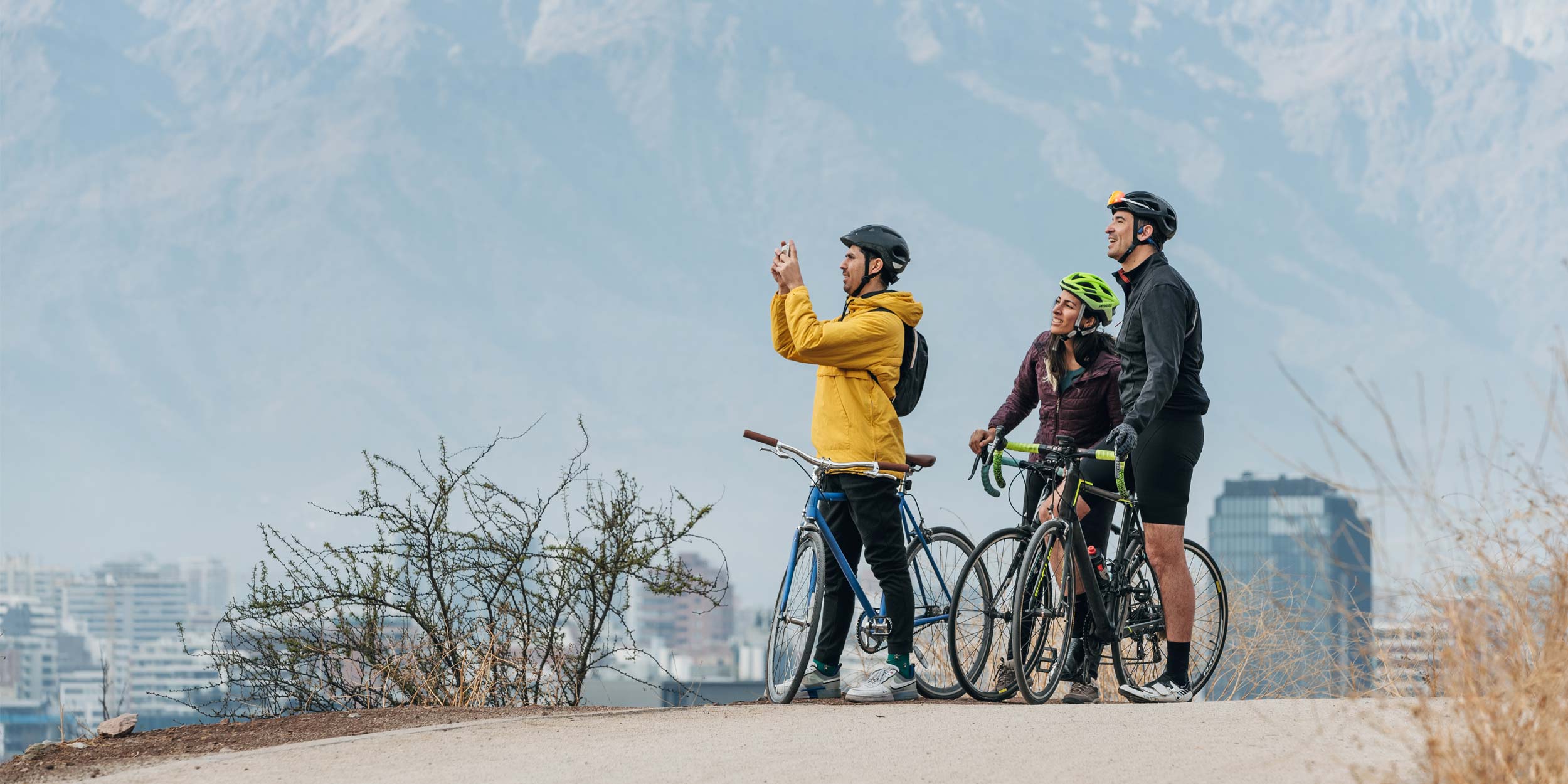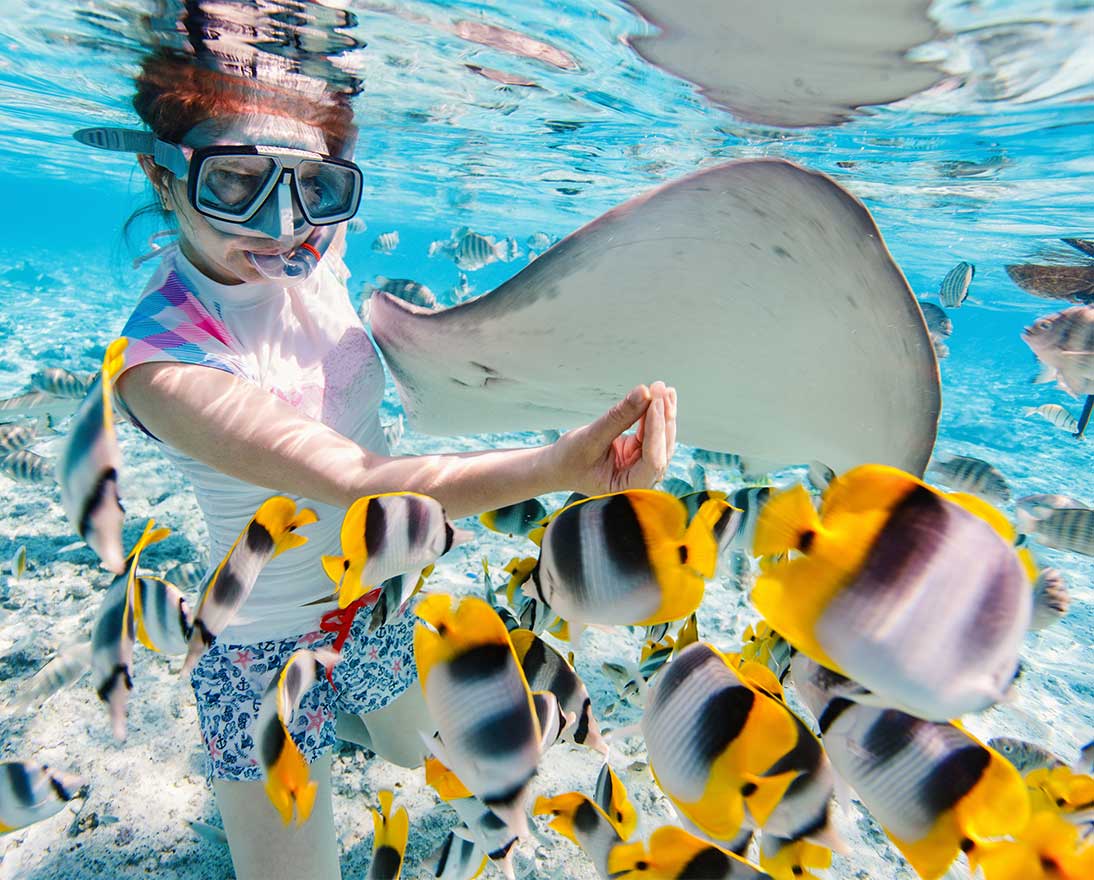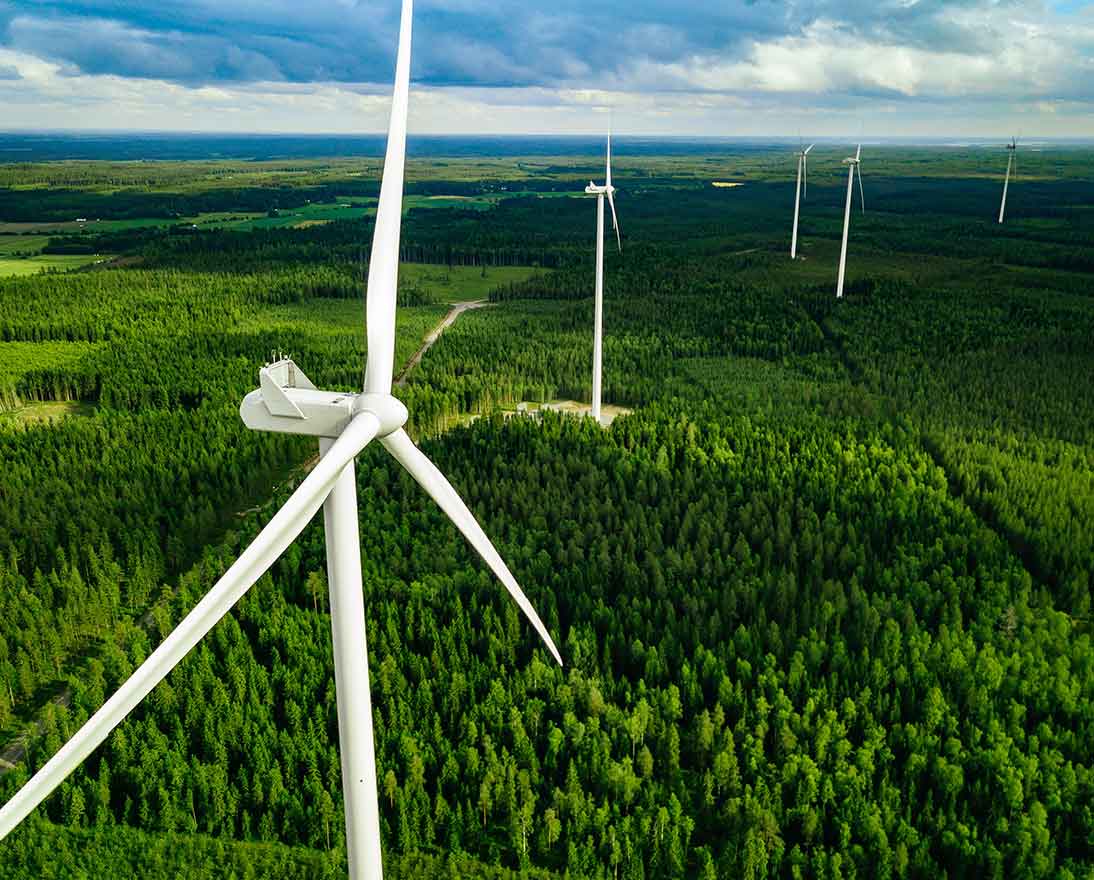Leaders with Lacqua Goes Green: Mexican photographer and conservationist Cristina Mittermeier
Climate resilienceArticleAugust 14, 2023
Visual media has the power to both inform and inspire change, which makes it a vital tool on the path to net zero, says Cristina Mittermeier. Watch the latest episode of Leaders with Lacqua Goes Green, sponsored by Zurich Insurance Group.
Psychological research suggests that the more we are exposed to bad news about the threat of environmental disaster, the more we start to disengage, a phenomenon sometimes referred to as apocalypse fatigue. That’s something of a problem, since there is a lot of bad climate news right now.
“The ocean is the warmest it’s ever been, wildfires are burning; we’re in a very dire moment,” laments Cristina Mittermeier, a world-renowned conservationist and photographer. And just as the research predicts, the scale of the problem has left many people overwhelmed. “It feels like trying to stop a train that’s in motion.”
So how do you re-engage people around the challenge of our lifetime? Mittermeier thinks that part of the answer might lie in photography, a career she embarked on in her thirties after working as a marine biologist. “I was a scientist contributing to the scientific literature, and it takes a long time to collaborate with your peers to write a scientific paper. When it finally comes out, nobody reads the stuff. It just sits on shelves,” Mittermeier recalls of her time working in academia.
But when she had the opportunity to collaborate with a photographer as part of a book project, she had a lightbulb moment. “When the book came out, people weren’t reading the text, but when they saw the photos, they were stopping to ask questions,” she remembers.
If photography has the ability to stop people in their tracks, it’s because some things really have to be seen to be believed. For example, a turning point for Mittermeier came when, as a student, she was an observer on an industrial fishing boat. “It was horrific to watch: these enormous chains are dragged across the bottom of the ocean…removing all the carbon that’s stored there. And when the net comes up on deck, you get one shrimp for 10 other creatures that are dead.”
The power of the camera means that people in a position to make changes can see the scale of the issue with their own eyes. “Heads of state are really busy with other important things — they’re thinking about wars, about the economy,” Mittermeier says of her climate change advocacy work. “But there’s something about photography that really engages people…So we use the fact that photography is such an easy entry point to talk to presidents and ministers about these issues.”
It’s not just world leaders and decision-makers who are connecting with the issue of climate change through photography. In fact, Mittermeier became the first female photographer to reach 1 million followers on Instagram. That’s because, while scientific language can feel intimidating, photography is often seen as a more accessible medium, particularly at a time when smartphones have made high-tech cameras available to the masses. “It has taken away the high-brow intellectualism that a lot of people don’t engage with, because nobody wants to feel like they’re not informed, that they’re ignorant of a subject. Photography allows you to at least begin engaging,” Mittermeier says. Photography is, she feels, “a way of inviting new audiences into this conversation.”
Photography could also offer an antidote to the barrage of negative climate headlines, instead celebrating our planet and inspiring people to work together to protect it. “I’ve always been very inspired by Dr. Martin Luther King, and when he started his speech, he didn’t say, ‘I have a nightmare.’ He told us he had a dream and then he articulated what that vision was,” Mittermeier points out. “To solve climate change, we need to articulate a vision of the planet we want to inhabit. Having hopeful images is an invitation to actually make that reality.”
That’s a technique used to great effect by other photographers, including Sebastiao Salgado, the artist behind Amazônia, a groundbreaking photo exhibition that celebrates the Brazilian rainforest, its landscape and indigenous people, and for which Zurich is the main global sponsor.
Salgado’s exhibition, which was seven years in the making, features more than 200 black-and-white photos that take the audience on a journey through the world’s largest rainforest. In doing so, he uses the power of photography to show that, despite the devastating negative impact humans have had on the Amazon, there is still a lot left to fight for. “The heart is there yet. To show this pristine place, I photograph Amazônia alive, not the dead Amazônia,” he told journalists when the exhibition first opened.
When you inspire people through a medium like photography, you engage them in a way that’s hard to do with just scientific facts or shocking newspaper headlines, Mittermeier has found. “If you come in and you attack and you criticize and you guilt people, you almost always get a no,” she says. “When you talk to anybody, not just politicians, from a point of view of inspiration and hope and positive action, almost everybody says yes. It’s amazing.”
Watch the full episode for more insights, which was first aired on July 27, 2023, on Bloomberg.com.






